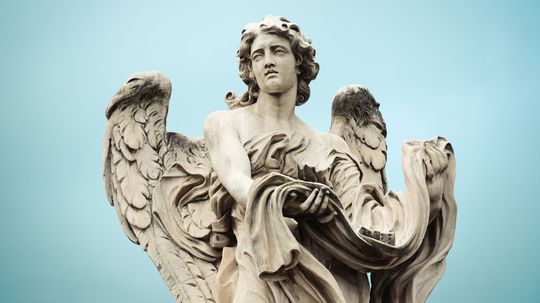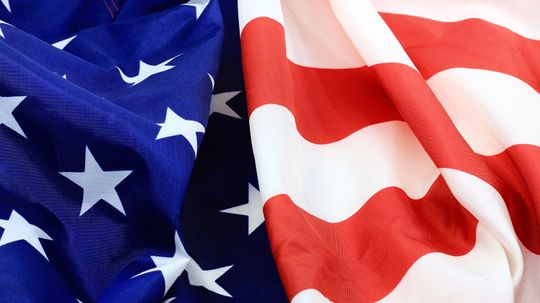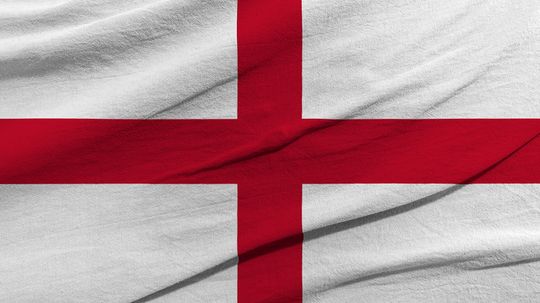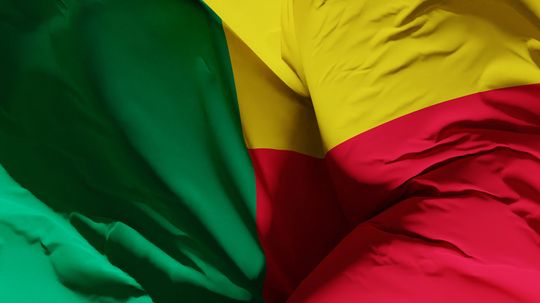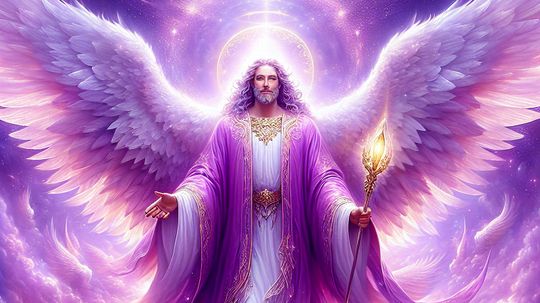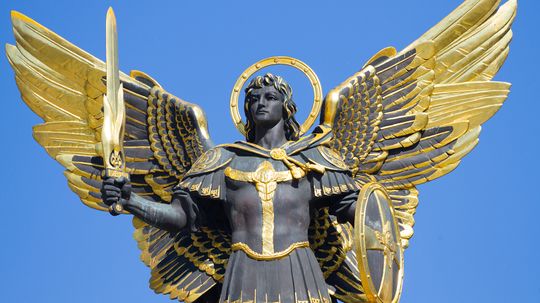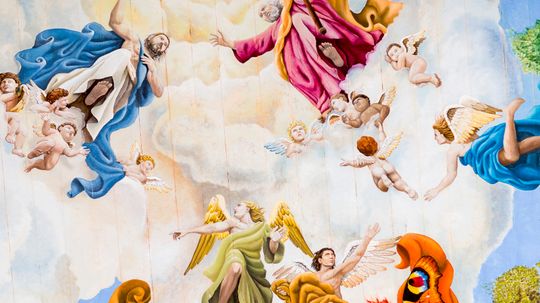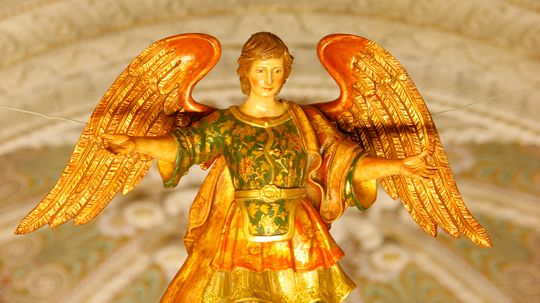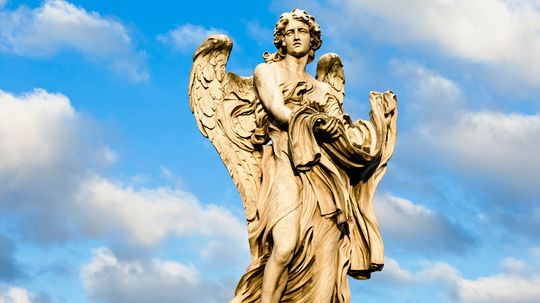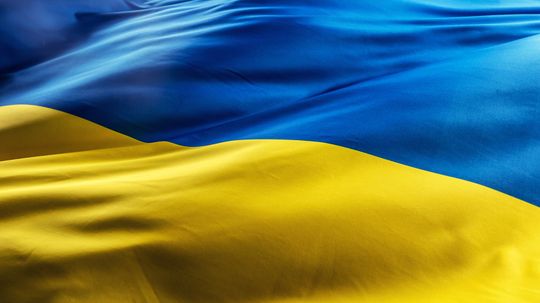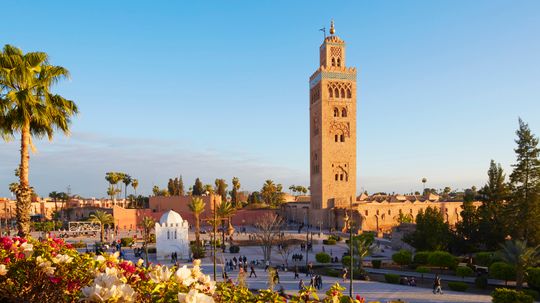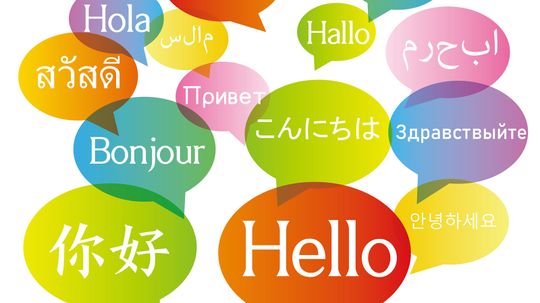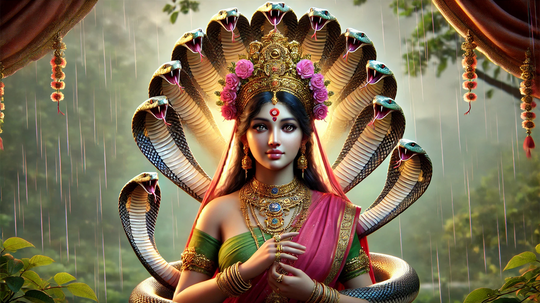Culture & Traditions
Cultures and Traditions takes a look at how people interact with each other. This might be through sub-cultures, relationships, fads or religion and spirituality.

Inside LA's Forest Lawn, Where the Biggest Celebrities Rest in Peace

Is Human Composting the Greenest Burial Option?

What's With Germany's Strict Burial Regulations?
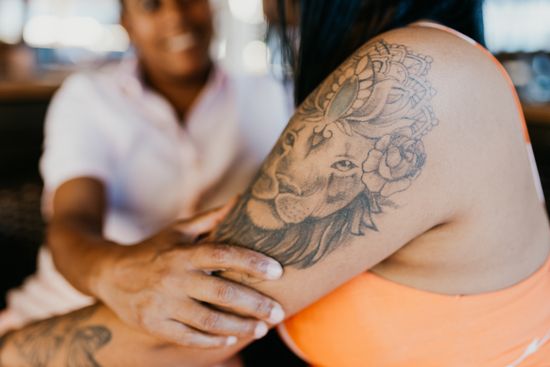
Unleashing Majestic Power: Exploring the Symbolism of Lion Tattoos
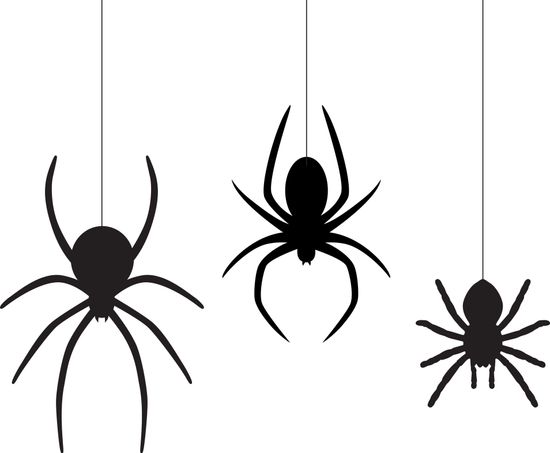
Unveiling the Profound Symbolism of Spider Tattoos
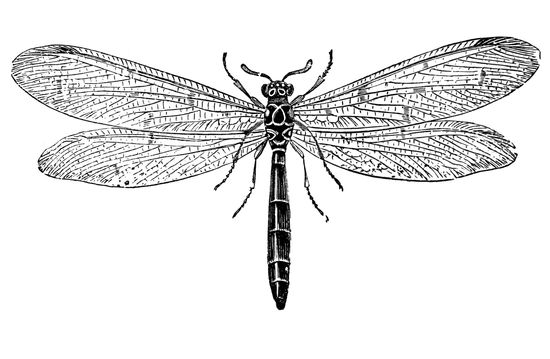
Unraveling the Symbolic Tapestry of Dragonfly Tattoos: Meanings, Designs, and Transformative Power
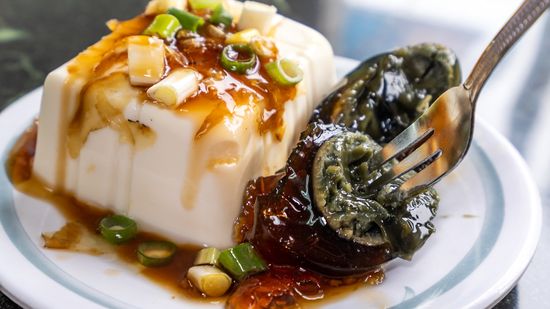
The 10 Weirdest Foods in the World Have Us Struggling to Finish Lunch
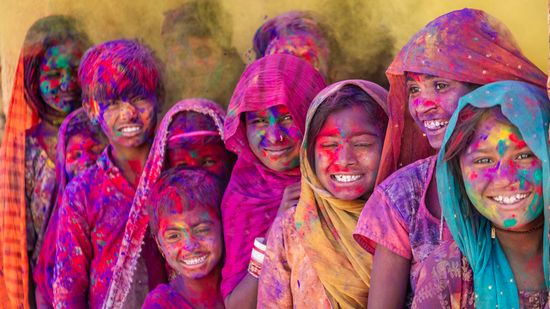
13 Indian Festivals That Celebrate Life, Love and Renewal
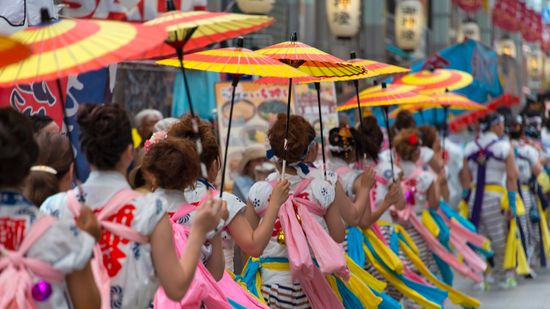
10 Japanese Festivals With Distinctly Different Vibes

12 Weird Words That Don't Always Mean What They Used To

5 Types of Communication You Didn't Know You're Using

The Most Common Words in English Aren't Nouns or Verbs
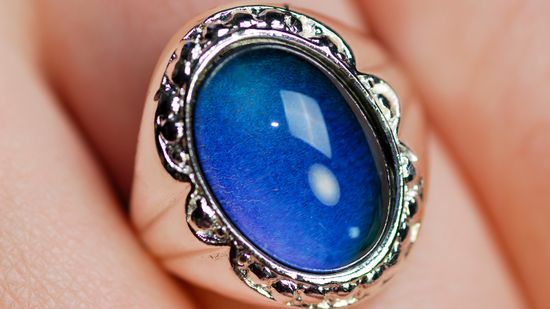
What's the Science Behind Mood Rings?

10 Things We Love to Hate About the '70s and '80s

Celebratory Yard Signs Are Having a Major Moment

5 Family Traditions for New Babies

5 Family Anniversary Traditions

5 Family Traditions for Daughters

13 Types of Dragons Humans Have Dreamt Up Over Millennia
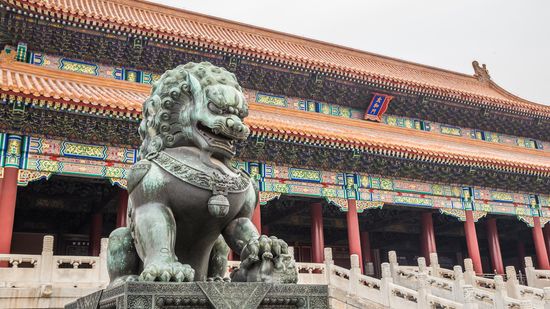
Foo Dog: A Mythical Mix of Lion and Chow Chow
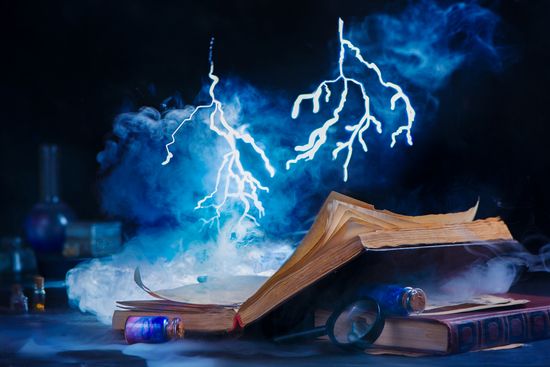
Are Black Magic Spells Powerful? The Truth Behind Their Strength

20 Old Money Last Names That Scream Aristocracy

20 Most Common Surnames in the U.S. (and What They Mean)

What Are the Most and Least Popular Birthdays in the U.S.?

90s Slang You Don't See Anywhere but TikTok Anymore

7 Gen Z Characteristics to Help You Understand Zoomers

10 Millennial Characteristics to Decode a Generation

How Many Sentences Are in a Paragraph, Really?

All About Adjectives: Examples, Types and Uses

Simile Examples in Literature and Everyday Language
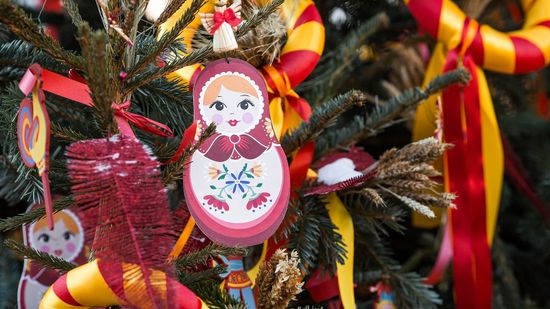
Russian Christmas Traditions: Jan. 7, Nativity Fast (Not Feast!) and More

Origins of Santa Claus: A Turkish Saint and American Poetry

The Origins of Christmas and a Roman Sun God's Birthday
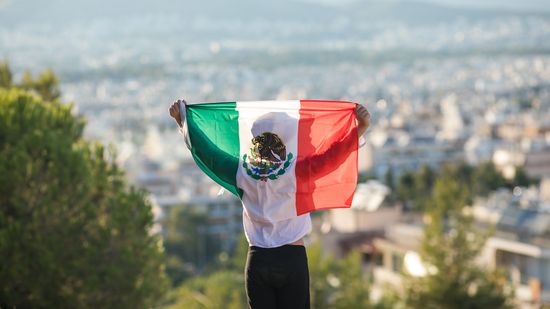
Mexico's Flag Represents Ancient History and Everlasting Hope
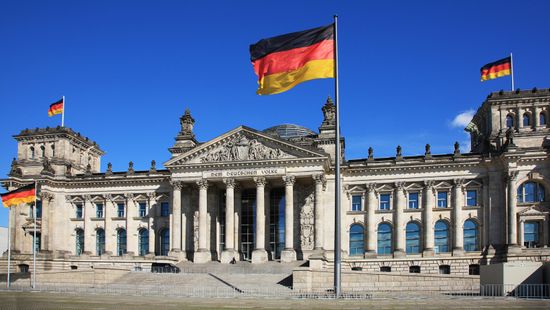
5 Black-Red-Yellow Flag Designs Around the World
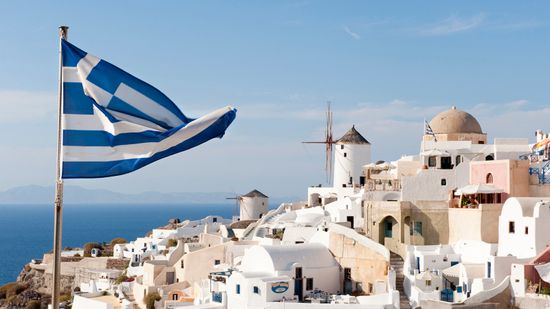
Which Blue and White Flag Is That? 9 Possibilities

How to Tell If She’s Cheating: Common Clues and Behaviors

Signs She’s Not in Love with You – She’s Just Playing Along

7 Signs He Likes You More Than Just a Friend

The Origins of Yoga: Spirituality, Meditation, and Wholeness
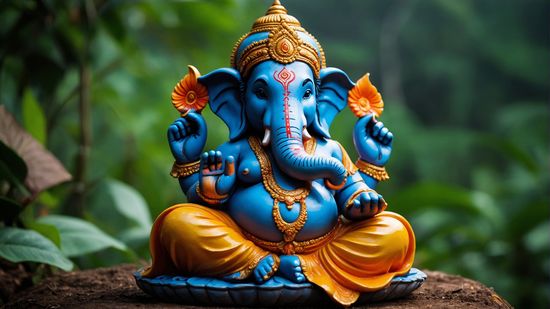
Origins of Hinduism and a Constantly Evolving Religion
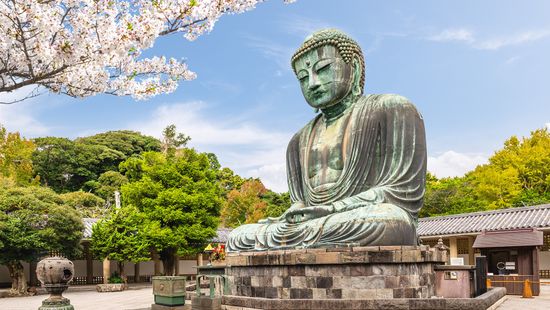
The Origins of Buddhism: A Very Brief History

The Zizians: A Strange and Dangerous Techno-Cult

How Synanon Went From Rehab Philosophy to Violent Cult

Branch Davidians and David Koresh's End of the World

Quiz: Finish That Jingle!

How One Woman Unexpectedly Became the Voice of Siri
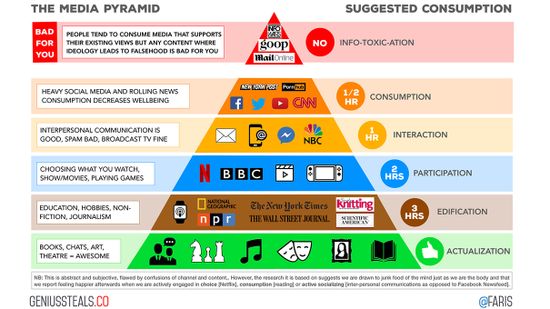
There's a Healthier Way to Consume Your Media
Learn More / Page 6
The phrase "bear with me," meaning "be patient with me," likely originated in 14th-century Middle English and is often confused with "bare with me" due to similar pronunciation.
By Mitch Ryan
Abrahamic religions often refer to angels who are servants of God, often coming down to Earth to perform miracles and give guidance to humans. Above even the angels are what believers call archangels, who are an elite class basically serving as the Lord's chief princes, reporting to him directly.
By Talon Homer
Although there are plenty of named and unnamed angels mentioned in both the Torah and the New Testament Bible, Archangel Raphael is likely one of the most recognized by scholars as well as casual readers of ancient mythology.
By Talon Homer
Advertisement
Flags are powerful symbols of national identity and culture, with each banner telling a unique story about a country's past, values and aspirations — and the red-white-blue flag standard is no exception.
By Karina Ryan
Flags are powerful symbols that communicate a nation’s identity, values, and even political history. Today, we're looking at flags that feature a bold red background with bright yellow stars. A quick image search for "red flag with yellow star" will give you a few different results, so we'll look at the most common examples and the countries they represent.
By Zach Taras
Flags aren't just colorful pieces of fabric waving in the wind; they're symbols, each one packed with history, identity and meaning. Today, we're exploring a striking type of flag seen across the globe: the white flag with a red cross. (We'll also take a look at flags that display the inverse: a white cross on a red background).
By Zach Taras
When we think of national flags, we're often drawn to their colors and designs, each one telling a unique story. A red, yellow, and green flag is no different.
By Zach Taras
Advertisement
In many New Age spiritual practices, it's believed that angelic beings — such as the archangel Zadkiel — can be called upon to help guide and empower the passionate seeker. Here, we'll take a look at this celestial figure, and how you might draw upon his angelic wisdom and power to improve your life.
By Zach Taras
Archangel Ariel, whose name means "Lion of God" or "Lioness of God," tends to the natural world and the physical universe. Sometimes depicted as a male and sometimes as female (we use she/her pronouns in this article), Ariel's role extends to overseeing the elements, wild animals and the environment.
By Mack Hayden
While the popular understanding of most major, monotheistic religions tends to emphasize God, certain prophets and the written teachings of the spiritual tradition, there is a whole world of lesser-known entities who can be deeply significant.
By Zach Taras
Lucifer, whose name means "light bearer," is one of the most complex and significant figures in Christian tradition. Originally a high-ranking angel created by God, Lucifer's fall from grace is a powerful narrative that has shaped religious and literary depictions of evil for centuries.
By Talon Homer
Advertisement
The figure of Saint Michael, or Michael the Archangel, is one of the most powerful and revered beings in religious history. Known as the protector of the faithful and a warrior against evil, Archangel Michael is venerated across Christianity, Judaism and Islam.
By Mitch Ryan
In Christian tradition, an archangel is among of the most revered and powerful spiritual beings in the celestial hierarchy. Mentioned directly in both the Old and New Testaments, these angels serve as messengers, protectors and agents of God's divine will.
By Mitch Ryan
Archangel Gabriel is one of the most revered and influential figures in religious traditions across the world, often seen as a messenger of divine will and a guide to those seeking spiritual clarity.
By Karina Ryan
Metatron, angel and mediator between God and humanity, is one of the most mysterious and powerful figures in angelology.
By Mack Hayden
Advertisement
The Archangel Uriel is one of the seven angels who sit at the top of the heavenly food chain. He's one of seven archangels mentioned throughout Christian tradition. These archangels oversee God's legions of heavenly servants and help run the world as we know it.
By Mack Hayden
Archangel Jophiel, whose name means "Beauty of God," is said to emanate divine inspiration and wisdom, transforming negative emotions into positive energy. His energy encourages both inner and outer beauty, helping people cultivate not just physical grace but also a deeper sense of spiritual self.
By Mack Hayden
Ah, the humble cup of joe — our reliable morning sidekick. It's hard to imagine a time when coffee didn't cost half your paycheck or come with a laundry list of milk options. But once upon a time, you could get a steaming mug for under a buck, no barista needed.
Blue and yellow flags are common among national and state flags, and the blue and yellow color combinations often symbolize nature.
By Ada Tseng
Advertisement
The English language is challenging due to complicated grammar, inconsistent sentence structure and colloquial idioms that it doesn't share with related languages. However, English is a target language that sees significantly more resources and opportunities for immersion than many other languages.
By Karina Ryan
Islam is one of the world's largest religions, practiced by over 1.9 billion people across the globe — that's nearly a quarter of the world population. The world's Muslims are spread out across the globe, but the largest Muslim population is in the Middle East and other surrounding regions.
By Mack Hayden
Languages exist as ever-evolving systems of human communication that go beyond complex grammar or words you could learn from a quick search on Google Translate. Language consists of body language, social cues and mother tongue idioms that are shaped by culture and context. That said, how many languages are there in our vast world?
By Karina Ryan
The snake goddess trope has slid through various cultures throughout history, embodying powerful symbols of fertility, protection and transformation. From the ancient temples of Crete to the mythological landscapes of Egypt and India, these deities have played significant roles in religious practices and storytelling.
By Mitch Ryan
Advertisement
Many people struggle with learning the English language because there are so many nuanced spellings and usages for different words that don't conform to logical patterns. The hardest words to spell don't always have to be the longest but often contain minor differences from common speech patterns.
By Mitch Ryan
When you think of angels, you probably imagine beautiful beings with flowing white robes, gentle faces and perhaps a pair of wings. However, you might be surprised to learn that a biblically accurate angel can be a far cry from these modern depictions.
By Marie Look


